Quantum Computing and Quantum Simulation with Cold Atoms, 11th Ludwig Boltzmann Forum 20 February 2019
Peter Zoller, University of Innsbruck, Professor of Physics, Director at the Institute for Quantum Optics and Quantum Information
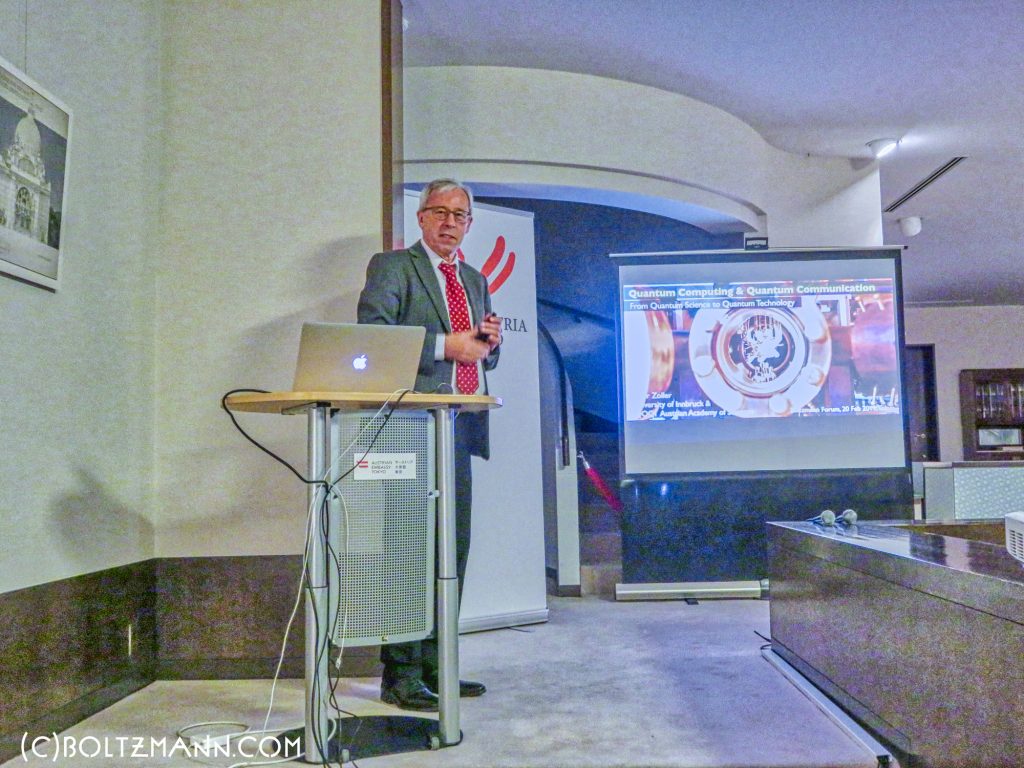
summary written by Gerhard Fasol
Entanglement and Schrödinger’s cat
In his 1935 article, “Die gegenwärtige Situation der Quantenmechanik” Erwin Schrödinger introduced “Schrödinger’s cat” in a thought experiment, where he couples quantum mechanics with the macroscopic world. For his thought experiment took a mechanism which would couple radioactive decay of a single atom to the killing of a cat via a flask with poison activated by a Geiger counter measuring the radiation from radioactive decay, killing the cat in case decay is detected. Since the quantum mechanical wave function of the atom is an oscillating superposition of the decayed and non-decayed state, the coupling (Verschränkung, entanglement) enforces a superposition of the wave function for the dead cat with that of the life cat inside the box.
Rolf Landauer: “information is physical”
All information processing is governed by the law of physics, all computers are governed by the laws of physics (Rolf Landauer, IBM):
- our present computers process information according to the laws of classical physics
- “at a fundamental level nature obeys the laws of quantum theory. At a fundamental level information science must be a quantum information science.” (David Deutsch, Oxford)
Quantum computing has several functions:
- Technology: to beat Moore’s law, limited when devices approach single atom levels
- Computer science: compute problems with new complexity classes, e.g. in encryption which currently relies on the complexity of splitting integers into its prime number factors with computers using classical physics
- Physics: learn about quantum theory
First and second quantum revolution
First quantum revolution (1900-1926):
- Max Planck
- Niels Bohr
- Erwin Schrödinger
- Werner Heisenberg
Second quantum revolution (1935- ):
- Einstein–Podolsky–Rosen paradox (EPR paradox) (A. Einstein, B. Podolsky, N. Rosen, “Can quantum-mechanical description of physical reality be considered complete?”, Physical Review, 47, 777 (1935))
- Schrödinger’s cat (1935)
- Richard Feynman (Richard P Feynman, “Simulating physics with computers”, International Journal of Theoretical Physics, 21, (No. 6/7), 467 (1982))
- Peter Shor: Shor’s algorithm
- David Deutsch
Classical bit versus quantum-bit (quit)
- a classical bit has two states: 0 or 1
- a quantum bit (quit) consists of a superposition of the wave functions for |0> and |1>
Classical register versus quantum register
- a classical register consisting of n bits (flip-flops) can be in 2^n states, e.g. a register consisting of 3 bits can be in 2^3 = 8 states (eg 011 -> number 3, 100 -> number 4, 101 -> number 5). However, a classical register can only store one number at a particular time.
- a quantum register of size n consists of n qubits. A quantum register is able to store all possibilities spanned by all n qubits at the same time.
Which technologies for quantum computers?
Different technologies are explored to develop quantum computers including: cavity OED, quantum dots, Nitrogen vacancy (NV) centers in diamonds, superconducting devices, trapped ions…
What can we do with a quantum computer?
Encryption and secure communications
Quantum computers are vastly more efficient for certain types of problems. As an example, modern encryption technology relies on an asymmetry: it is very fast to multiply two prime numbers, but it takes impossibly long to factorize a very large integer into its prime number components.
As an example, factorizing a 500 digit number into its prime number components would take the age of the universe with current classical computers, while a quantum computer using Shor’s algorithm can perform this task in 2 seconds.
Therefore quantum computers can be used to build new systems for secure communications.
Quantum simulation of quantum materials
Quantum simulators can be envisaged as special purpose quantum computers to design new quantum materials, new drugs, and study fundamental physics.
An example from fundamental physics investigations using quantum computers is recent work by a cooperation including Professor Peter Zoller’s Innsbruck group:
Esteban A. Martinez, Christine Muschik, Philipp Schindler, Daniel Nigg, Alexander Erhard, Markus Heyl, Philipp Hauke, Marcello Dalmonte, Thomas Monz, Peter Zoller, and Rainer Blatt, “Real-time dynamics of lattice gauge theories with a few-qubit quantum computer”, Nature 534, 516-519 (2016), DOI: 10.1038/nature18318
This work is in the spirit of Richard Feynman’s proposal to use computers based on quantum mechanics to simulate nature.
The Innsbruck Quantum Cloud
The Innsbruck University Institute for Quantum Optics and Quantum Information has built the “Innsbruck Quantum Cloud”, consisting of a quantum feedback loop between classical computers and a 20-qubit trapped ion quantum co-processor to investigate physics problems. Here an example of recent work: C. Kokail, C. Maier, R. van Bijnen, T. Brydges, M. K. Joshi, P. Jurcevic, C. A. Muschik, P. Silvi, R. Blatt, C.F. Roos and P. Zoller, “Self-Verifying Variational Quantum Simulation of the Lattice Schwinger Model” https://arxiv.org/abs/1810.03421
Quantum internet
Satellite links have been built between China and Austria, secured by the laws of quantum physics.
References
- Erwin Schrödinger, “Die gegenwärtige Situation der Quantenmechanik”, Naturwissenschaften 23, 807-812, (1935)
- Crispin Gardiner and Peter Zoller “The Quantum World of Ultra-Cold Atoms and Light” Books 1-3 http://europe.worldscientific.com/quantum-world-of-ultra-cold-atoms-and-light.html
-
- Crispin W Gardiner, Peter Zoller, Quantum World Of Ultra-Cold Atoms And Light – Book I: Foundations Of Quantum Optics, ISBN-13: 978-1783264612, ISBN-10: 1783264616 https://www.amazon.com/Quantum-World-Ultra-Cold-Atoms-Light/dp/1783264616/
-
- Crispin W Gardiner, Peter Zoller, Quantum World Of Ultra-Cold Atoms And Light – Book II: The Physics of Quantum-Optical Devices, ISBN-13: 978-1783266159, ISBN-10: 1783266155 https://www.amazon.com/Quantum-World-Ultra-Cold-Atoms-Light/dp/1783266155/
-
- Crispin W Gardiner, Peter Zoller, Quantum World Of Ultra-Cold Atoms And Light – Book III: Ultra-cold Atoms, ISBN-13: 978-1786344175 https://www.amazon.com/Quantum-World-Ultra-Cold-Atoms-Light/dp/1786344173/
- David J. Wineland, Nobel Lecture: Superposition, entanglement, and raising Schrödinger’s cat, Reviews of Modern Physics, 85, 1103, (2013), DOI: 10.1103/RevModPhys.85.1103
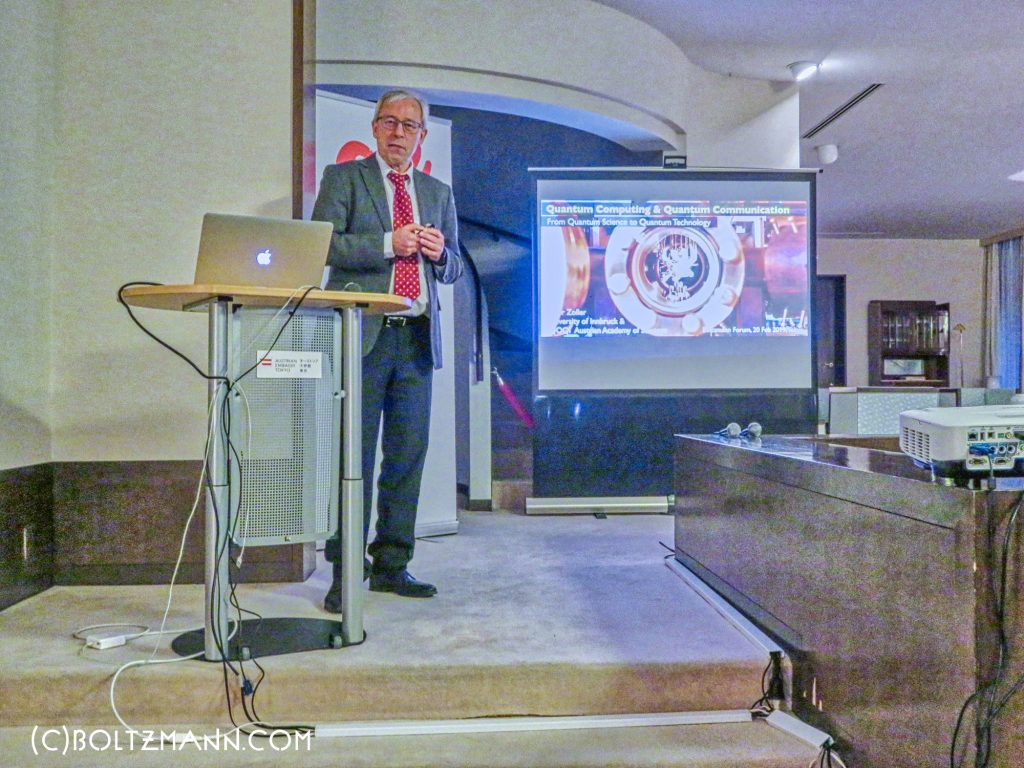
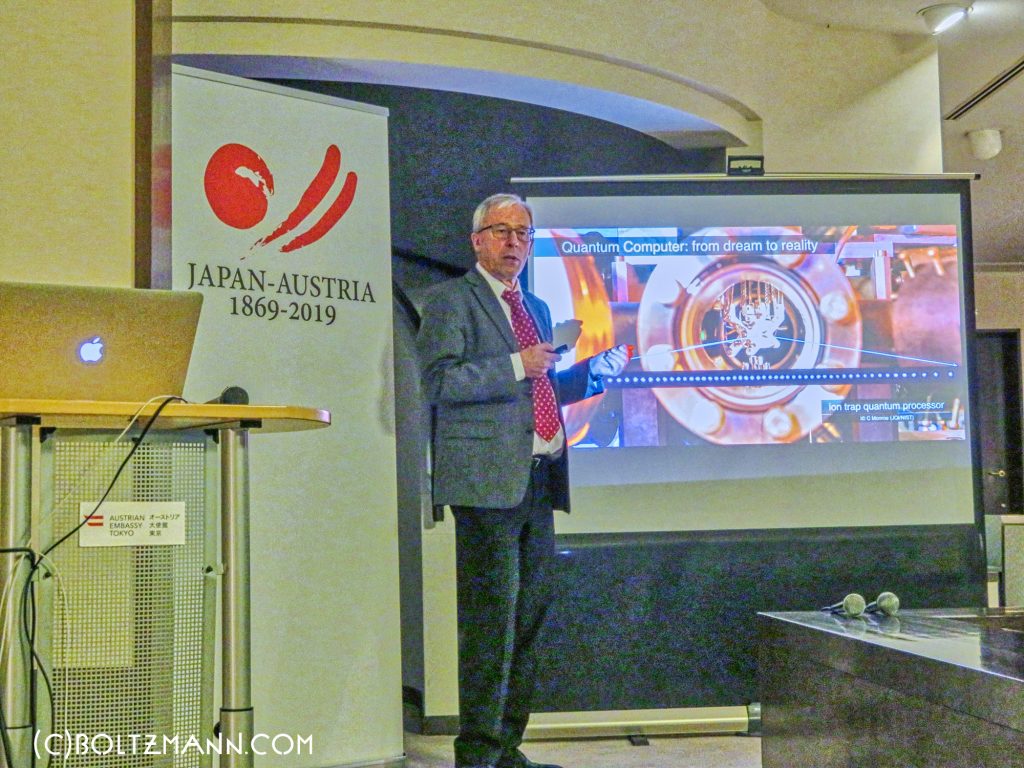
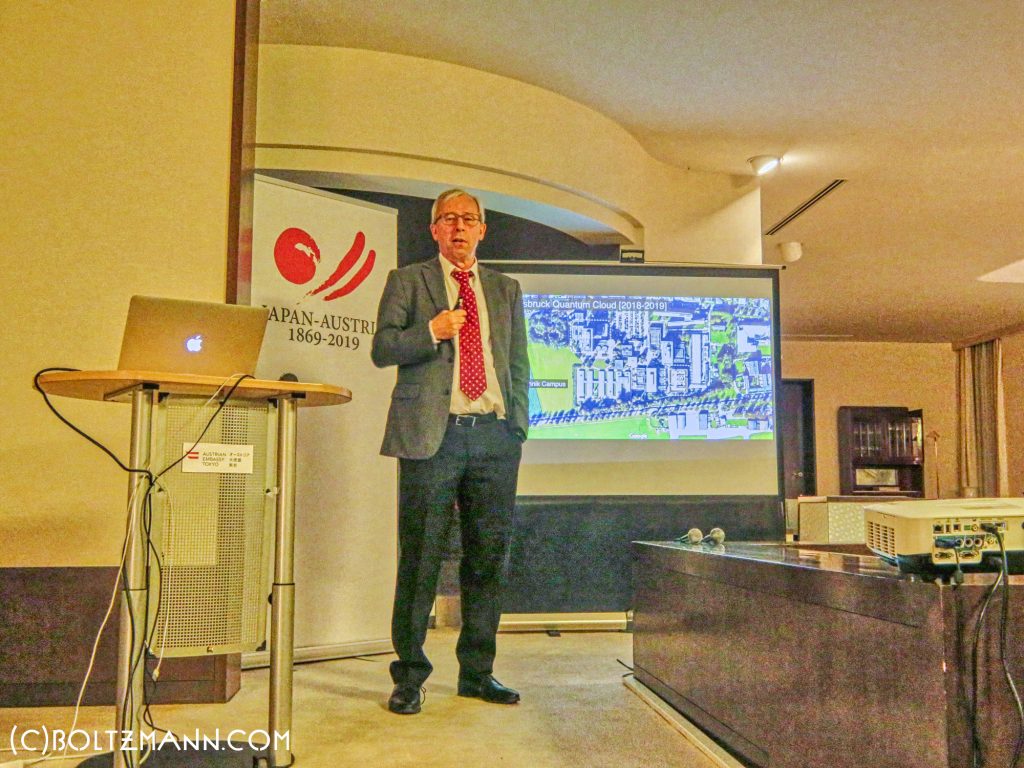
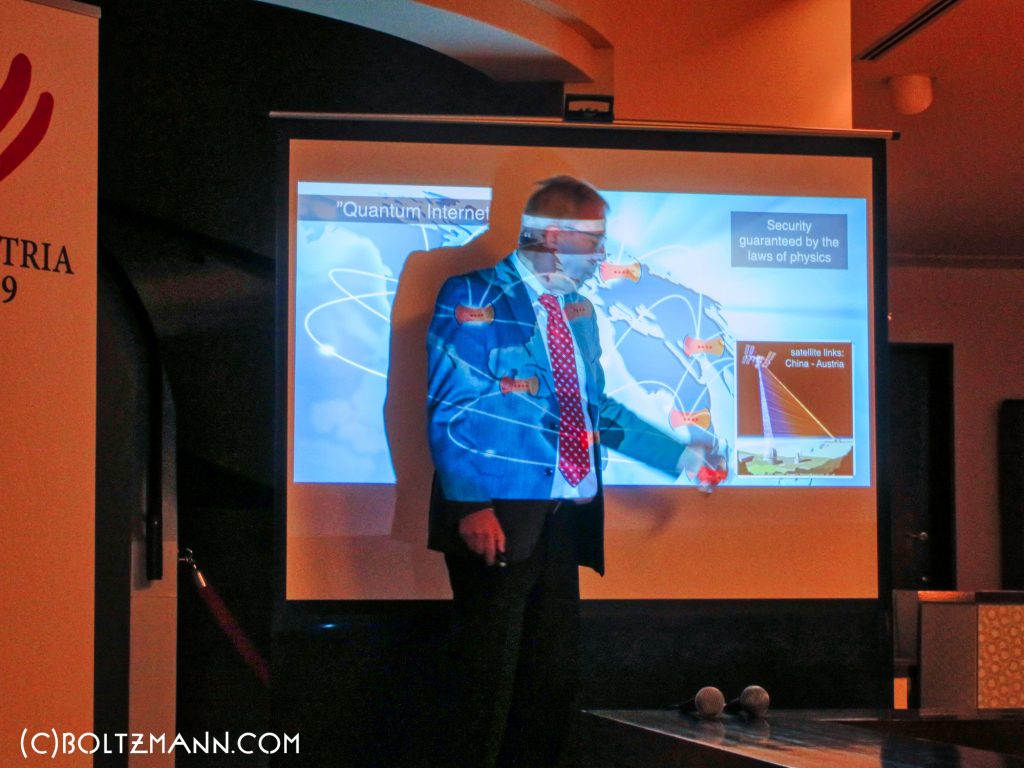
Copyright (c) 2019 Eurotechnology Japan KK All Rights Reserved
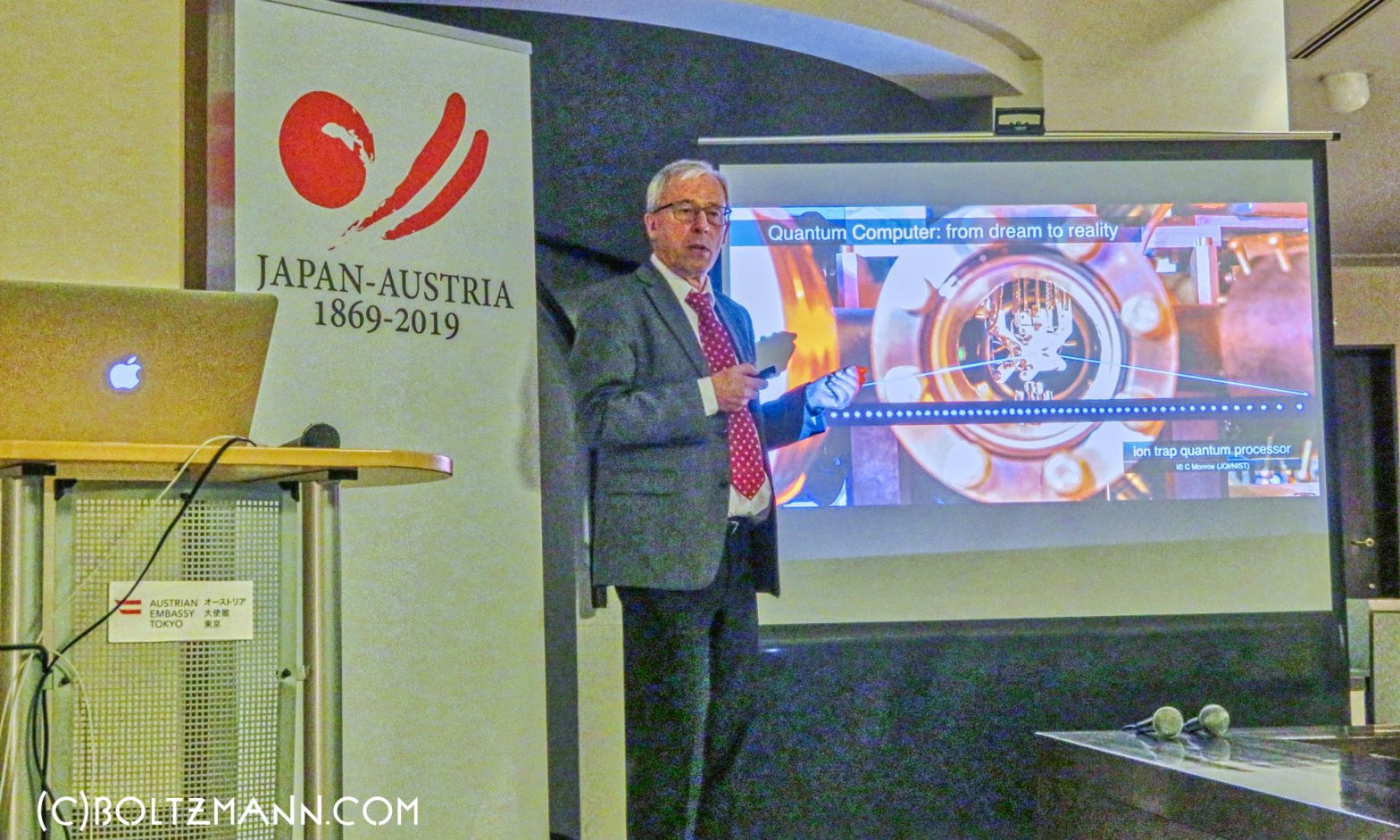
Leave a Reply